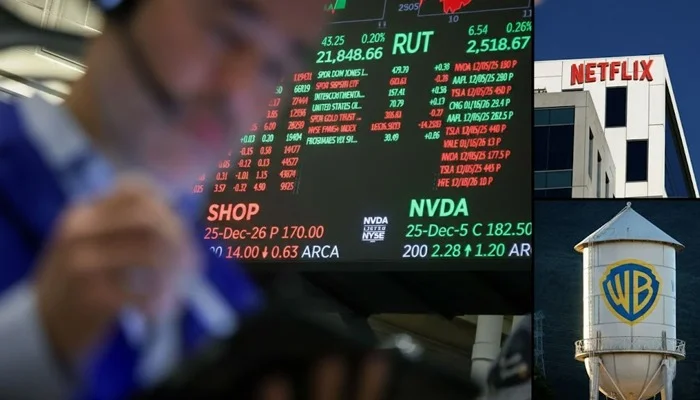WASHINGTON: According to what many Americans already anticipated, prices rose at a record rate last month, following a trend that began in January but was made worse by Russia’s invasion of Ukraine.
There will be a surge in gas prices and other petroleum items in March’s Consumer Price Index (CPI) data from the Labor Department because of the crisis in Ukraine as well as Western sanctions against Russia.
“Russia’s invasion of Ukraine has definitely added upside risks to US inflation through channels such as energy, food and also elevated risks of supply bottlenecks lingering for longer,” Pooja Sriram of Barclays said.
Over the past year, prices have risen at an annual pace of 7.9 percent, a rate that hasn’t been witnessed in more than 40 years.
However, other experts anticipate that the report will also herald the end of the inflation surge that began last year as the economy recovered from Covid-19, albeit it may be some time before consumers experience the benefits.
LBBW’s Karl Haeling said that “the subsequent slowing may not be meaningful given all the supply restrictions on products from Russia and Ukraine as well as the growing supply chain bottlenecks on finished goods from China due to the Covid lockdowns there.”
While President Joe Biden is under fire for the spike in inflation, the White House temporarily suspended a summertime prohibition on the sale of E15 gasoline, which is less expensive but cannot be marketed in the United States.
Inflation is expected to touch a record high of 8.5% year-on-year in March, according to the Labor Department’s latest estimate.
Nearing the peak?
After years of low inflation, the Fed’s cheap money policies, global component shortages and shipping delays, and government stimulus programmes, which fattened Americans’ wallets and boosted demand, all conspired to push inflation higher last year as the economy rebounded.
CPI is expected to climb by 1.2 percent in March compared to February, while “core” CPI, which excludes volatile food and energy costs, is expected to rise by 0.5 percent in March, the same as the previous month.
Pantheon Macroeconomics’ Ian Shepherdson anticipated that “this will be the top” of yearly price rises, but only because future reports will be compared to months in 2021 when prices were already rising. Shepherdson’s prediction was wrong.
Shepherdson predicts that gasoline will be a major factor in March’s price increases, with the entire monthly increase coming in about 0.7%. The price of food, hotels, and airfares all went up in the month, he added, but the price of scarce used automobiles may fall after recent rises.
Hitting demand
The recent drop in global oil prices may ease pressure on Americans, despite experts’ doubt that the White House’s efforts to lower pump costs will be effective.
There is a dispute as to whether the Federal Reserve can curb inflation by tightening lending conditions without precipitating a recession.
It is largely believed that the central bank would raise interest rates by a half-point in the coming months, and that they will continue to rise throughout the year.
Grant Thornton economist Diane Swonk tweeted that “There is no road map for what the Fed is trying to accomplish except in world (with) supply constraints.”
The “Fed needs to hit demand. Hard. Very hard,” she wrote.
[embedpost slug=”/scholz-under-fire-as-german-delegation-visits-ukraine/”]





















